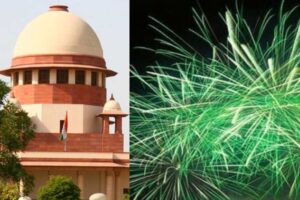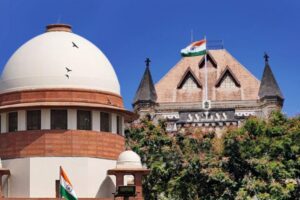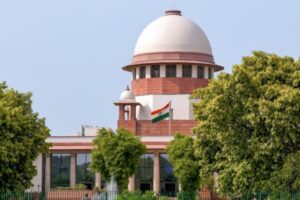
The Supreme Court dismissed a plea from the NGO Sindhi Sangat, which sought directions for the Centre to launch a 24-hour Sindhi language channel on Doordarshan.
A bench comprising Chief Justice D. Y. Chandrachud and Justices J. B. Pardiwala and Manoj Misra rejected the petition, stating that there may be other means to preserve the Sindhi language.
Senior advocate Indira Jaising, representing the NGO, argued that public broadcasting is a vital way to safeguard the language. The NGO challenged a May 27 order from the Delhi High Court that had previously dismissed their plea, asserting that Prasar Bharati’s refusal to establish a dedicated Sindhi channel was based on an intelligible differentia.
The High Court had noted that the NGO failed to demonstrate a legal or constitutional right to demand a 24-hour Sindhi channel on Doordarshan, describing their plea as “misplaced.” It cited Section 12(2)(d) of the Prasar Bharati (Broadcasting Corporation of India) Act, 1990, which mandates Prasar Bharati to provide “adequate coverage” to the diverse cultures and languages across various regions.
In its response, Prasar Bharati pointed out that, according to the last census, the Sindhi-speaking population in India was approximately 2.6 million, making a full-time channel economically unfeasible.
However, Prasar Bharati confirmed that it has been broadcasting programs in the Sindhi language on DD Girnar, DD Rajasthan, and DD Sahyadri channels, which reach areas with significant Sindhi populations in Gujarat, Rajasthan, and Maharashtra.
The High Court acknowledged that these channels are available nationwide and also carried on DTH platforms. It concluded that Prasar Bharati’s decision to include Sindhi programming on channels serving areas with a concentrated Sindhi population was rational and aligned with the concept of “adequate coverage” outlined in the legislation.
This ruling highlights the ongoing challenges in promoting minority languages in the media landscape while balancing economic viability and cultural representation.
The Supreme Court’s decision reflects a broader conversation about how best to preserve and promote regional languages through public broadcasting.




